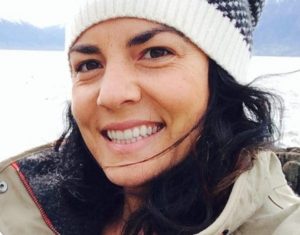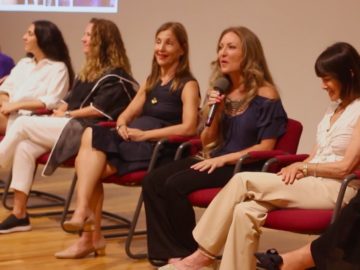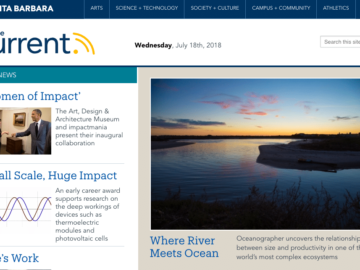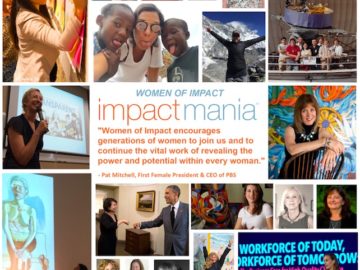Salty Girl Seafood Shows You Where Your Fish Came From
BY PAKSY PLACKIS-CHENG
Norah Eddy and Laura Johnson founded Salty Fish Seafood while studying at the Bren School for Environmental Science and Management at UC Santa Barbara.
Salty Girl Seafood won Fish 2.0‘s award for Best Business Opportunity and was named the Woman-Owned Business of the Year by the Pacific Coast Business Times.
impactmania caught up with co-founder Norah Eddy, who has worked in fisheries in Australia, Alaska, and the Galapagos Islands.
How did you end up working in fisheries all over the world?
I’m from Rhode Island, New England. Fisheries and the fishing industry are part of our cultural fabric and our cultural heritage.
I knew from a very young age that I wanted to make my life about the ocean. I studied marine biology as early as I could, and then worked just about every job imaginable in the marine space.
Fisheries was what I wanted to focus on and took all the opportunities that came my way. Whether it was Australia or Alaska or Galapagos.
In the process leading up to Salty Girl Seafood, what was something surprising you’ve learned?
Laura [co-founder] and I have been surprised at how confused and how overwhelmed consumers are when it comes to choosing seafood. Even though incredible strides have been made by organizations like the Monterey Bay Aquarium helping consumers.
What does it take to have Whole Foods put your products in their shops all over northern California?
We are very proud of our partnership with Whole Foods. We had established a relationship with the person who ended up bringing our product in to Whole Foods.
We met him through a think tank for businesses that is trying to drive change in the industry. It is important to Salty Girl that you share with one another, within the vision and mission of our company. That is one thing that aligns well with the Whole Foods mission: the combination of having that strong alignment of missions of our two companies as well as having product market fit.
How do you scale the demands now that you’re in such an enormous retail environment?
The timing there was really key. We have been producing our product in a very small facility here in Santa Barbara [California]. Around the time that we connected with Whole Foods, we wound up transitioning our production through what’s called a co-packer.
In hardware they call it a manufacturer and in food they call it a co-packer. We had transitioned to a co-packer shortly after receiving our first purchase order from Whole Foods, so we were able to immediately meet the demand.
What needed to happen for you to realize this perfect timing?
We did know that we needed to land an account like Whole Foods in order to hit the growth target that we needed to hit. We’ve learned a lot about the consumer packaged goods industry. A greater umbrella industry where we operate as a seafood consumer package goods.
We knew that we needed to be looking for someone to produce our product for us and that was largely spearheaded by Laura who’s the head of our operations. She did a great job of working to find the appropriate partner. Whether it’s our retailers like Whole Foods or our supply chain partners, everyone has to be on board with the mission of this company, or it’s not gonna work as a partnership.
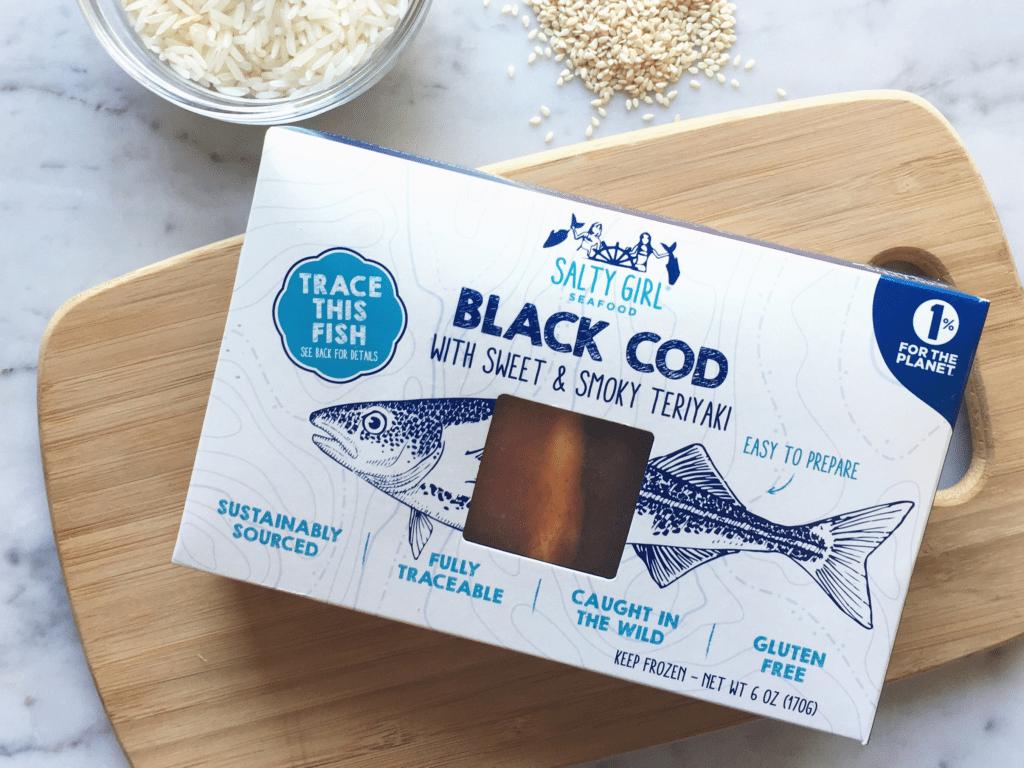
So what is needed for a successful partnership?
All partnerships start with communication and transparency, which are critical. We certainly are looking to gauge how well our partners understand our mission and the trajectory of the vision.
We’re trying to move the needle on the global scale to increase the amount of sustainable seafood food that is both swimming in our oceans and available to our customers. Then trust, that goes hand in hand with communication in terms of the necessity for any strong relationship.
How many fisheries do you work with?
We currently source from three primary fisheries because we have three products. We source salmon from Alaska, and we just ordered our Alaskan Cod, and our fish products from the Pacific Northwest. The number of fishermen that we’re buying from varies upon the particular volume and timing around the particular buy that we’re making at any one moment.
On the website of Salty Girl Seafood, there is a way to track who caught your fish and where it came from. Why is traceability of your fish important?
Traceability is important because if I can’t trace what’s on my plate back to the source, I can’t be confident that it was sustainably harvested.
What advice do you have for young female entrepreneurs?
I was sitting on a panel where I was the only female entrepreneur chatting about this. I said that female entrepreneurs don’t have it worse and kind of being politically correct at that moment. One of my investors was on the panel and followed up on my comment. He said, “She’s not telling like it is.”
We have been talking about the importance of people who are your advocates, people who are mentors, who know and who believe in you and in what you’re doing.
It’s unfortunate it has to be that way, but I don’t think that’s exclusive to young female entrepreneurs. It’s probably true of young entrepreneurs in general. It is true of any entrepreneur who is in a minority.
Making sure you have a strong network of people who are willing to go to bat for you — it has been the lynch pin in guiding us towards success.
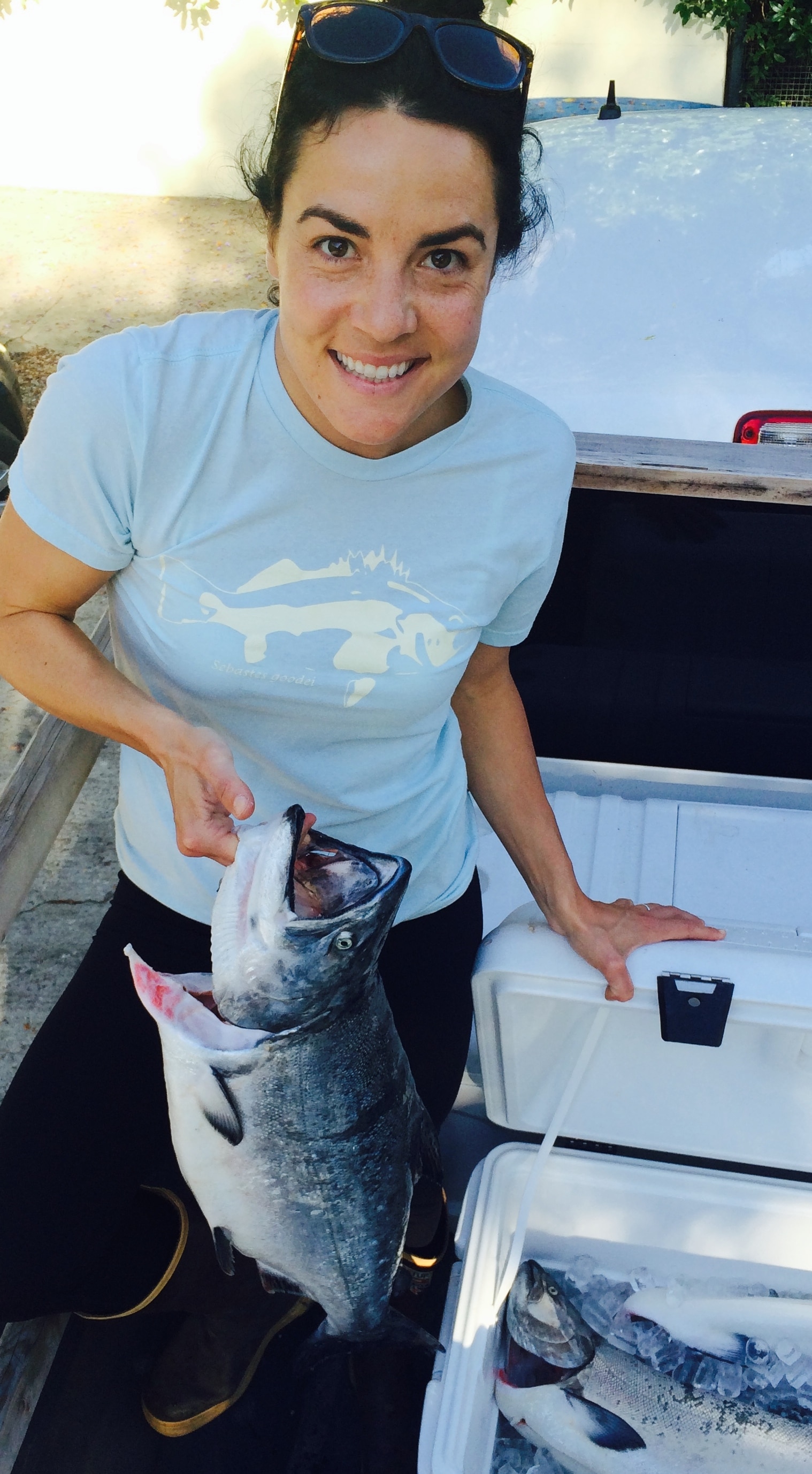
Norah Eddy, co-founder of Salty Girl Seafood.
The other piece of advice is that if you are thinking of starting a business, or if you already are a business owner, then find a balance between passion and good.
All of the business decisions that my business partner and I have made, all the best decisions have been based on pursuing the big picture.
I’m using our mission to drive the decisions that we’re making and relying on your gut. There’s a reason that you’re an entrepreneur. There’s a reason that you started this business when so many other people don’t take that leap of faith.
There’s something unique in you that’s going to drive you towards your goal. So, at that point, be intuitive, be entrepreneurial, and then use your intuition to help guide your decision-making.
Do you have any entrepreneurs in your family?
Yes, definitely. It’s interesting. My partner and I, we both have parents who are entrepreneurs. Then our first hires, another member of our founding team, comes from an entrepreneurial family too. That has definitely been a huge support for us, because not only have we all grown up watching our parents build their businesses, we absolutely all had the encouragement from our families to go out and start a business.
How do you see the world differently than someone who grew up in a household where the parents were not entrepreneurs?
First of all, the fact that when you’re an entrepreneur means that work doesn’t end. I remember, even to this day, my dad going into work every weekend, even if there’s a storm, if there’s a flood. My dad had to go take care of his clients and realized that that’s okay if you’re doing what you’re passionate about.
What do you think in general is needed for social impact?
So much of what we are trying to do is tied to purchasing power, which is unique to our business model. Then awareness is so important.
So many impact businesses that we have seen be successful, in choosing their mission of driving social change, is largely because we’ve had this hill effect and ground swell of awareness.
Who has had an impact on your professional DNA?
There have been so many people throughout my academic and professional career that have had such a powerful impact on me, professors in particular.
Academia is typically the antithesis of entrepreneurship. Largely, I attribute it to so many of my professors that inspired and empowered me from an intellect and execution standpoint. My parents have been probably the driving force — as an entrepreneur, there’s so many styles that you look to.
It can be a different person on any given day. Phil Knight of Nike just put out an autobiography. I would encourage anyone who’s an entrepreneur to go read that.
It takes the company from its very early days and it’s just an incredible story.
What else can people do to better care for our oceans besides making sure they eat from fisheries that are fishing sustainability?
One particular issue that is near and dear to me is single-use plastic containers, which is something that everyone can be a little bit better about.
We looked at the amount of trash that we find on our beaches and it’s just staggering. Plastic takes a long time to erode. What’s broken down into nanoparticles and a very small particulate, it’s in the water, it’s impacting our food web from the very bottom up.
Use a water bottle. That’s very simple. Stop buying plastic water bottles, stop using single-use plastic bags. Eventually, a lot of that stuff ends up in the ocean.
What’s next for the company?
We have some exciting projects in the pipeline looking at expanding our reach and our impact into new fisheries through new strategic partnerships, including the launch of new products across U.S. stores.
We’re currently sold in 200 stores. Most of our stores are on the Western Seaboard, but we did just fill out beginning in July to the East Coast. So, really looking to continue our expansion east, continue our expansion into the Pacific Northwest. Then start to move to the interior of the country.
What word would describe your journey so far?
My gosh, educational. I can’t even explain how much I have learned both professionally and personally. The amount of professional development that I’ve had over the course of just two years and the amount of personal development. You learn so much about yourself when you’re building something from the ground up.
What is one thing you learned about yourself you didn’t know beforehand?
I think that I can handle more than ever thought I could. I’ve always known that I do well under pressure, but I learned that I have a lot higher tolerance for pressure than I thought.
How do you balance that with other things in your life as an entrepreneur?
Part of it is working closely with my team to make sure everyone has a work-life balance, making sure that we can take time to turn it off. Part of it, honestly, is being able to adjust to the new norm, which changes every day.
What fish would you be?
I would be a tuna — a member of the tuna family or some other large pelagic fish that swims in the open ocean and has large migratory patterns. So crossing oceans, migrating from California to Japan across the sea, or something like that. I think being a big fish like that must be very cool.

